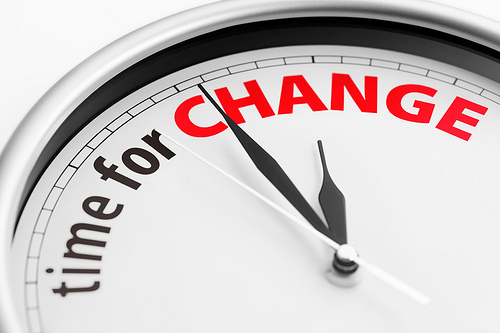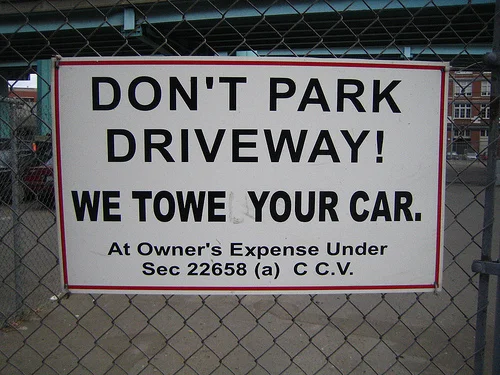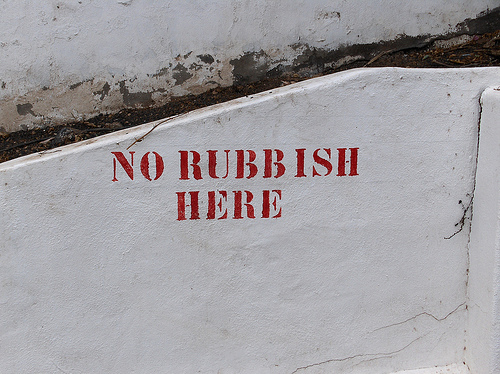Jemima Pett author of The Princelings of the East series and a whole cornucopia of other books, recently tagged me to join the Writing Process Blog Tour.
If you are tagged, you are to write responses to the questions below and then tag three other authors.
At the bottom of this post you will find three talented authors who will be posting in the next week or so.
The Questions
What am I working on?
I am exactly just over the halfway mark in the first draft of A Quill Ladder, the sequel to my middle-grade/YA novel A Pair of Docks that explores the boundary between science and witchcraft. I will be publishing A Quill Ladder in November and am quite excited about how the draft is going.
I am also working on my next novel for adults about a single mom who has battled alcoholism in the past and is trying to put her life back together in a small town after the disappearance of her fiancé. The tentative title is Broken Wing, but that could change. I will be posting a blurb for that novel on my site soon. I also just finished and pressed publish on the ebook for my first adult novel In the Shadows of the Mosquito Constellation this morning! This book has been seven years in the writing so I am very glad to have it finally see the light of day. In the Shadows is set in a post-economic collapse world and explores the moral questions associated with adjusting to life without all of the things, like grocery stores, to which we are accustomed. It also has some romance and a whole lot of adventure. Check it out!
How does my work differ from others of its genre?
My work has a lot of complexity and is written, for the most part, with literary fiction-style prose, but with action adventure-style plots. I do a lot of research to try to create intricate believable plots and I hope that I tie everything together at the end.
Why do I write what I do?
I just get ideas for stories – sometimes in dreams, sometimes just in my imaginings, and then my mind moves forward and starts developing them (generally unbidden). But because I am an environmental researcher in the fields of climate change, energy, and food security, my writing does have an environmental theme, or is attempting to make some sort of social commentary with regard to the way we live. I am too shy to be a politician myself, so I use my books to bring forward some of the ideas that are important to me and that I think we need to talk about. So I guess I am hiding behind my characters.
I also wrote A Pair of Docks with a strong female science geek protagonist to encourage girls to believe that they can be scientists and specifically to consider being physicists and chemists. I wrote about that in this blog post on Girls in Science.
How does my writing process work?
I work in a variety of ways. I usually start with an idea and try to develop it and the characters in my mind first so that I have an idea of the overall plot arc and the main characters before I even sit down to write. Then it is a pretty organic process of just starting to write and get in the character’s heads and take the story where it needs to go. Sometimes I have certain information or clues or events that need to happen in a chapter based on my loose mental outline, so I make those happen. Other times things just pop into my head as I am going along. For example, in my most recent chapter in A Quill Ladder, some of the characters broke into an office to get a map, and the map was missing. I knew beforehand that the map was missing, but I did not know until I was writing it that they would find drops of blood in the office as well. I am inspired by dreams or things that I see that I think will fit. There is a lot of serendipity in the writing process, whereby the more I am working on something, the more ideas I generate, and the more they fit together. I am constantly surprised by how interconnected things are and how lucky I get when I am researching something.
I do write myself into a box occasionally and have to backtrack and undo something, or adjust something, but that happens in the rewriting process. I generally try to get the first draft written over the course of about five months, writing 1200 words a day as many days of the week as I can. Then I start editing. I rewrote A Pair of Docks almost entirely four times, and I rewrote In the Shadows of the Mosquito Constellation probably twenty times. I am hoping that my future books don’t have to be entirely rewritten quite as many times.
Who’s Up NEXT Week (or so)?
I’ve invited three wonderful authors to take part, all of whom are writing books I really admire (you can read my reviews of them). Only two have said yes so far, but watch for me to add the third name in the next day or two.
Kev Heritage is the author of YA novel Blue into the Rip and the IronScythe Sagas. The introduction to the IronScythe Sagas is currently free on Amazon. He is also one of the authors of the bestselling From the Indie Side anthology and quite a few other books. Kev is also known to engage in hilarious question and answer sessions on Twitter while he commutes to and from work at hashtag #KevSA. You can find his website here, and follow him on Twitter here.
Yolanda Ridge is the author of two middle grade novels about the irrepressible Brianna Bridges entitled Trouble in the Trees and Road Block. My youngest child loved them both. Like me, she lives in the mountains of BC (don’t all fabulous writers?) and is an all around great person. There is a rumour that she is working on something new and exciting that I can’t wait to read. You can find her website here.
Esther Krogdahl released her modern-day fantasy novel, Ruthless, in February this year. The uniquely supernatural storyline is filled with unpredictable twist and turns that keep readers turning the pages. Busy with a full time job as a software developer, Esther has spent every spare moment over the past year developing the story, swapping writing code for writing her novel. Esther’s web site and blog offers candid insights into indie writing and publishing, mixed with her sassy observations on life and nerdy reviews of games and technology.
Look out for updates on this post to their slots in the Writing Process Blog Tour – or visit their blogs now (linked to their names) and follow them!



























